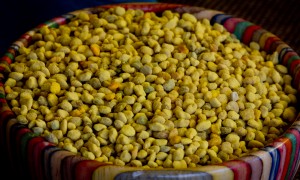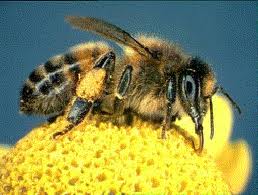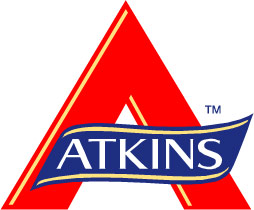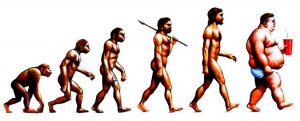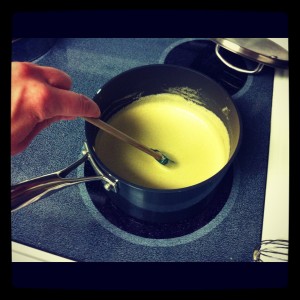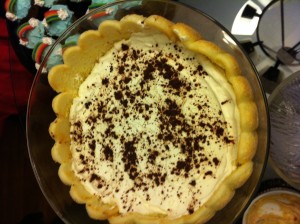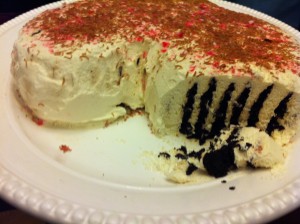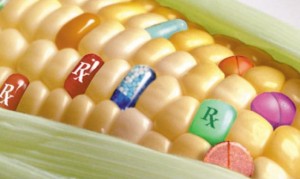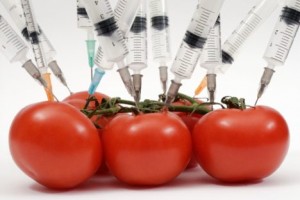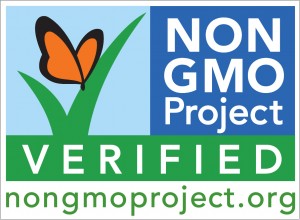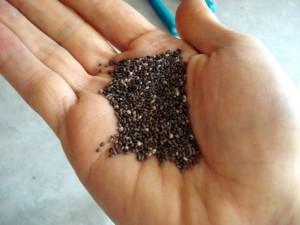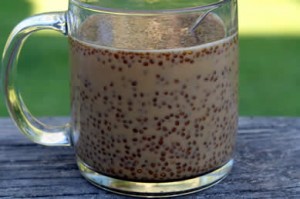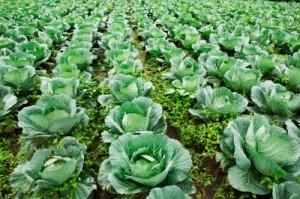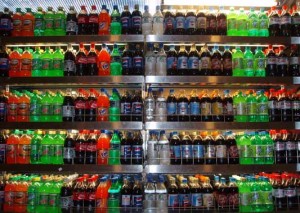I have heard people suggest bee pollen to treat every single ailment! Seriously, you have a rash? Bee pollen. Asthma? Bee pollen. Digestive issues? Bee Pollen. Alcoholism? Yup, you guessed it! Bee pollen. I was overhearing this conversation in public the other day, and I was just thinking, how can one supplement be able to cure everything and not everyone uses it? But, then I started to think maybe I had just overlooked it, which is completely possible; if I read about things, and I don’t somehow leave myself a reminder, it’s gone…or comes back at a random time, and I thought maybe this was one of those black holes of knowledge, so I decided to research it.
What is bee pollen?
Bee pollen is basically bunches of different pollens (considered the male sex cells of plants because it is needed to fertilize) that the worker bees go off to collect from various plants, trees, etc. and when it is brought back to the bee hive, it is mixed with various enzymes and bacteria present in the hive. It is basically packed into clumps in the hive. The bees in the hive subside off of the bee pollen, as it has all the nutrients and vitamins they need to survive. Bee pollen is about 40% carbohydrate, 5% fat, and 5% protein, and filled with various amino acids, and nutrients (such as zinc, magnesium, etc) but the rest is all bee waste products (i.e. bee poop), fungus, bacteria, and insect parts. Yum! I know that makes you want to run out and grab some!
What can it help?
Bee pollen, as I stated before, purportedly is a fix all for all sorts of various maladies, such as:
– Colitis/ Digestive issues
– Arthritis (improves joint movements)
– Increases energy
– Decreases allergies (seasonal)
– Asthma
– Eczema
– Alcoholism
– Prevents bacterial infections
– Maintains wellness
– Weight loss
Does it actually work?
Despite some people being huge believers in Bee Pollen supplementation in your diet, and some say because of the carb/fat/protein ratio you can actually solely subside off of bee pollen alone, there are NO independent studies that show it actually heals or treats these issues. Actually, there are numerous cases of people taking bee pollen supplements and having allergic reactions because they have a bee sensitivity OR a sensitivity to one of the plants pollens present in the bee pollen, and even going into anaphylaxis (a severe allergic reaction that leads to loss of airway, ability to exchange air, and can quickly lead to death without immediate treatment.) Also pregnant women and women that are breastfeeding should NOT take bee pollen due to risks of transference of the fungus/bacteria from the pollen to their babies.
If you take bee pollen, and it works for you, I am not going to tell you to do any differently, but I would urge people with many allergies or on medications from chronic conditions to talk to their HCP before starting to take bee pollen. Also, there are some eco and ethical issues with bee pollen supplements, in that there is a world-wide decline of honey bees due to their sensitivity to various pesticides, and they do subside off of their pollen, so maybe us humans can find something else to use, and let the bee populations boost up before we go back dipping into their pollen pots?
Yours in Good Health
B

